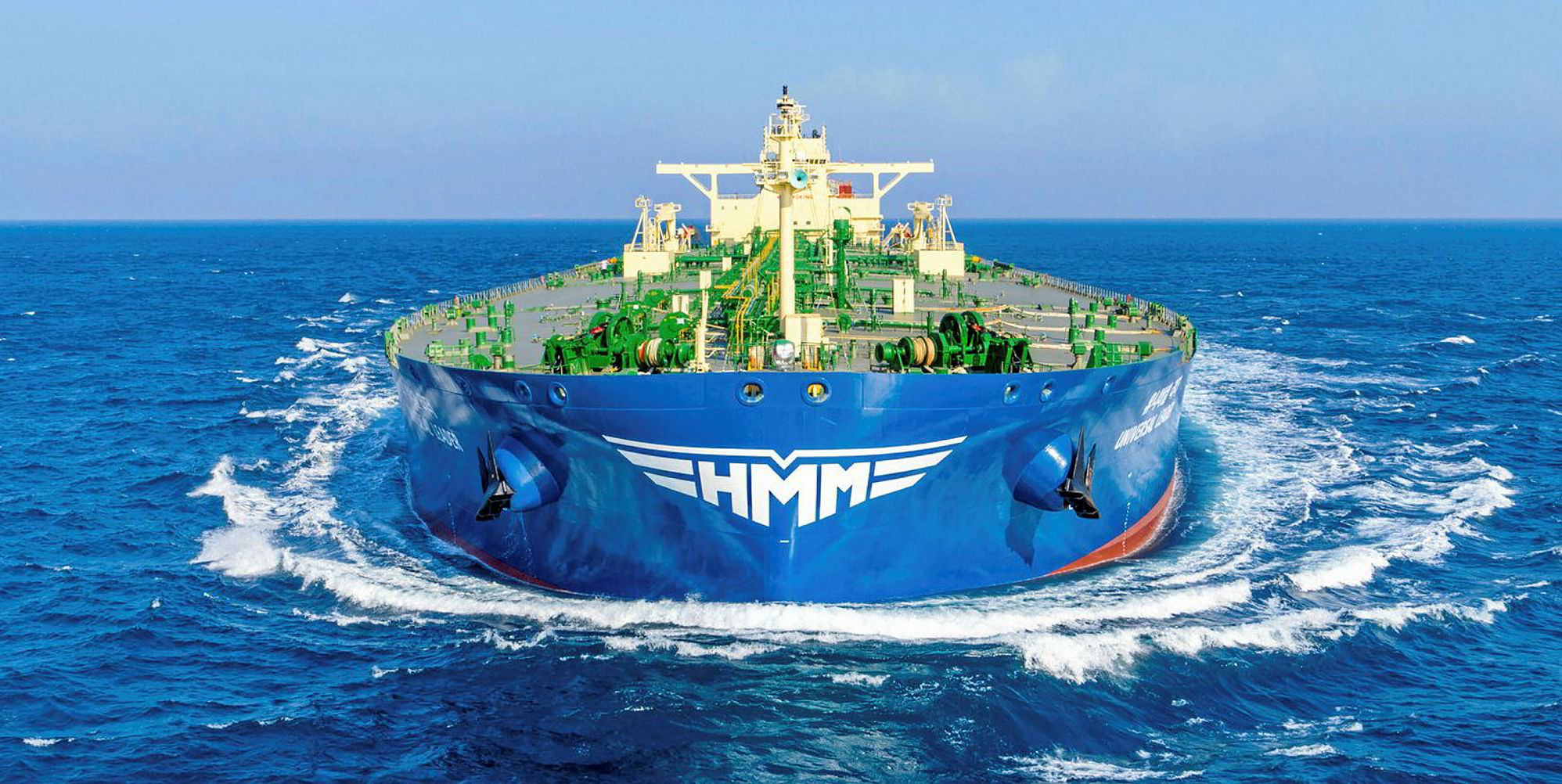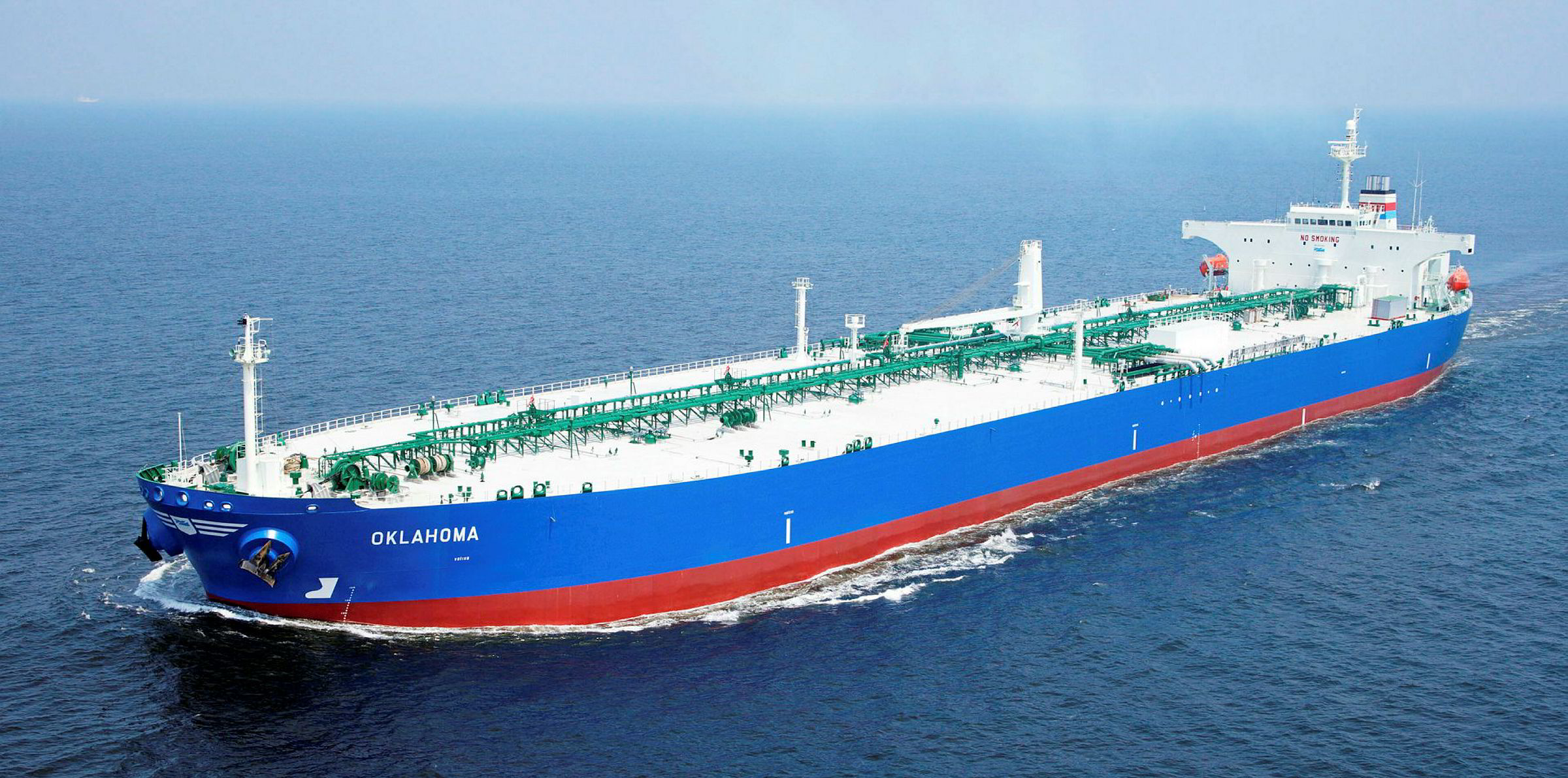After a strong year of growth in crude imports in 2018, South East Asia looks set to take a breather this year, according to Clarksons Reseach.
Last year, the region was the second largest source of crude import growth globally behind China, despite only accounting for 8% global seaborne crude imports
However, Clarksons said trends in the year-to-date suggest that 2019 could see a “change of pace in the region’s crude imports”.
“Seaborne crude imports into Vietnam, Malaysia, Myanmar, Philippines, Thailand and Indonesia grew robustly in 2018, increasing by 14% year-on-year to 2.1m bpd, following average growth of 5% per annum in the previous three years,” Clarksons said.
Shipments to Myanmar rose by 110,000 bpd year-on-year following the start-up of the Sino-Myanmar pipeline in mid-2017, which transports Middle Eastern crude from Myanmar to China’s 260,000-bpd Kunming refinery in landlocked Yunnan.
Meanwhile, Vietnam’s imports rose from 20,000-bpd in 2017 to 110,000-bpd in 2018, driven by the start-up of the country’s second refinery Nghi Son.
South East Asia was the second largest source of crude import growth globally behind China in 2018
Clarksons Research
“However, trends in 2019 so far have been mixed across the various South East Asian importers,” said Clarksons.
Crude shipments into Vietnam have continued to grow firmly, with Vietnamese imports more than trebling year-on-year in the first half of 2019 to 190,000-bpd.
“While technical issues temporarily disrupted operations at Nghi Son in July, Vietnam is nonetheless expected to see a significant increase in crude imports in full year 2019,” said Clarksons.
Malaysia was another big riser, according to the shipbroker, with crude imports increasing 50% year-on-year in the first half of 2019 to 300,000-bpd.
“In early 2019, Petronas began trial runs at its 300,000-bpd RAPID refinery, jointly owned with Saudi Aramco, although a fire at the complex in April led to delays to the planned start-up of commercial operations until late 2019,” Clarksons said.
Elsewhere, the UK shipbroker said year-to-date trends have been “less positive”, with shipments to Myanmar remaining “fairly steady”, while Thai crude imports fell 4%.
Meanwhile, Indonesian crude imports, which have been declining since 2016, are said to have continued to fall in the first half of this year.
Imports are said to have dropped sharply by 39% year-on-year to 200,000-bpd, following the introduction of regulations this year requiring uncontracted domestic oil output to be offered to state oil company Pertamina for domestic refining.
“While imports into some South East Asian countries are continuing to grow robustly, there have been a number of areas of pressure apparent so far this year,” said Clarksons.
“This may well mean that 2019 sees a much softer rate of import growth in a region which has been a clear contributor to global crude trade growth in recent years.”




